Review for Vampire Princess Miyu: Complete Collection
Introduction
Nine years ago now, I was contemplating whether to get back into anime. A few years before the DVD revolution, I had collected a few VHS titles from Manga Video, caught some shows on Channel 4’s Late Licence, and of course had fallen in love with movies like Akira and Ghost in the Shell. But that first dalliance was a short lived one, and when it came to DVD, despite shelling out full whack for the Akira Special Edition on release day, I was uncertain if this stuff was as good as I remembered. The few faltering DVD releases that I sampled, the dub version of Sailor Moon, a couple of Dragon Ball Z movies, and one of a dozen Transformers series didn’t enthuse me at all. It was a trilogy of shows from MVM that finally got me hooked again, and while Kiddy Grade and Love Hina sealed the deal, it was this show, Vampire Princess Miyu that convinced me that there was a lot more to anime than just the old Manga Video Daily Mail baiting.
Only the final two discs of Vampire Princess Miyu came for review, I subsequently had to hunt the rest of the series down in single volumes, and it turned out to be well worth it. The problem was that by the time I did, Vampire Princess Miyu was already out of print. It was one of the unfortunate casualties of a factory fire; the master discs to some volumes went up in smoke just a couple of years after its release, and fans were left scrabbling over the last few discs on retail warehouse shelves. It never really got a fair shake in the UK. But 2013 looks to be the year of a Vampire Princess Miyu resurgence. Maiden Japan are re-releasing it in the US, and MVM have relicensed it for release in the UK, and for the first time in complete collection form. It will be interesting to see just how the series that convinced me to give anime a second chance, fares today after so many years, and so many other anime series under my belt.
Shinma are supernatural beings that corrupt the hearts of men and lead them to ruin. Banished in ancient times to the Darkness, a few stray Shinma remain wreaking havoc on unsuspecting individuals. To defend the world against these beings, it is the duty of the Vampire Princess Miyu to hunt them down and send them back to the Darkness. To aid her, she has her protector Larva, a Western Shinma that has switched sides and has sworn to guard her until her duties are complete. She also has the help of Shiina, an enigmatic creature with unique vision. Also hunting Shinma are the icy Reiha, and her doll Matsukaze. She has a history with Miyu that has resulted in a mutual antagonism, and it’s hard to tell whether the two are on the same side. Even while Miyu hunts Shinma by night, she tries to live a normal life by day, and attends a high school where she has befriended three girls, Chisato, Yukari and Hisae. The three girls have a fascination with the supernatural, and thanks to their friendship with Miyu, they get to experience more than their fair share. But if it is fated that involvement with Shinma invariably leads humans to ruin, can a friendship between the vampire Miyu and the human Chisato endure?
All 26 episodes of Vampire Princess Miyu are presented across 6 discs. Note that these are the same discs as the Tokyopop discs which MVM released here originally, with just minor differences.
Disc 1. Initiation
1. The Fang Knows!
2. At The Next Station
3. The Forest Calls
Disc 2. Haunting
4. Reiha Has Come
5. Sepia Colored Portrait
6. Ghost of Miyu
7. Fate
Disc 3. Illusion
8. The Red Shoes
9. Your House
10. Swamp of Promises
11. A Supple Face
Disc 4. Mystery
12. The Garden of Crying Reeds
13. Light of the Sea (Part 1)
14. Light of the Sea (Part 2)
15. Dream of the Mermaid
16. Woman Priest
Disc 5. Dark Love
17. The Moray Boat
18. City of Illusion
19. Love of the Dolls
20. Butterfly Enchantment
21. Flag of Shinma
Disc 6. The Last Shinma
22. Once Upon a Time
23. Confrontation
24. The Boy Who Returned
25. The Last Shinma
26. The Eternal Sleep
Picture
Vampire Princess Miyu was an anime that was produced in 1997. That’s when the majority of television anime was made for square and boxy television sets. It was also before the computer revolution totally transformed the anime industry. What we have here is a 4:3 regular transfer of material that was by and large animated by hand, on film. It also dates from a time when high definition television was in its infancy, and when anime was still distributed on NTSC videotapes. Hence what we have here is the original NTSC-PAL conversion that we saw when the series was last released here. Given that it is a cel animation, it is theoretically possible that an HD master could be made, but that would be down to the Japanese studio that first animated the show, and would be reliant on the original materials still existing. That’s a lot of wishful thinking, but given the retro-scene that has sprung up in Japan the last few years, with old shows getting HD re-masters, it isn’t beyond the realms of possibility. It is beyond the scope of this particular re-release though.
The image is clear throughout, although the resolution is a tad low down to that NTSC-PAL conversion. The transfer is free of visible compression artefacts and glitching though, and the animation comes across smoothly, and free of judder and apparent ghosting. Hand drawn animation is getting to be something of a lost art these days, what with computer precision allowing for a lot more variety and production value in what anime can accomplish. Vampire Princess Miyu has to achieve its aim with more economy. Hence the prevalence of stock shots, and those moments where the camera will pan over a still image, rather than actually animate it. But Vampire Princess Miyu manages to establish something quite atmospheric with its muted colour palette, and there are moments when the animation really does impress. Also, the character designs are very well accomplished, particularly that of Miyu herself. There’s something about an ankle ribbon which is very provocative, and certainly memorable.
Sound
You have the choice between DD 2.0 English and Japanese, with translated subtitles, and a signs only track (the latter not on disc 1). Other than a squawk 26:44 into disc 4 on the Japanese track, I noticed no problems with the audio. The subtitles were accurately timed and mostly free of error. One or two minor goofs did creep in on occasion, but not enough to affect the programme. I went with the Japanese audio as always and was happy enough. The dialogue is clear throughout, the music comes across well, and the stereo gives the show enough space for its sound design to establish the requisite degree of creepiness. I gave the dub a try again, and my response was unchanged. This is an old dub, not quite polished or accomplished, with awkward line readings to fit lip flaps, and some dubious character performances unwisely trying to emulate the original voice actor too closely. I can’t take the English Reiha at all seriously, while both the Miyu voice actresses sound somnolent throughout.
The big draw to Miyu is the music, which is created by Ghost in the Shell composer Kenji Kawai. He gives a relatively low budget television anime a theatrical quality soundtrack, and his music goes a long way in enhancing the show’s atmosphere.
Extras
There are a few minor changes in comparison to the original release this time around. The original MVM and Tokyopop logos have been stripped from the discs, and have been replaced by the more recent MVM logo. Also this time around the discs are absent the jacket pictures which displayed when they weren’t spinning in certain players (most notably Sony players). Other than that, they are the same discs as before, complete with animated menus, and with the original Japanese opening sequence and line art galleries in the extras.
These are PAL conversions of the original Tokyopop release from way back when, and you can see that Tokyopop went on a rapid learning curve as they progressed with the series. That is still reflected in these discs here. It’s why disc 1 may come as a disappointment to some, and not just because of its episode count. For that first disc, Tokyopop decided to release the show as a feature, following the practice of anime on VHS. They stripped out the intervening credit sequences and the next episode previews, and only provided a single subtitle track for the Japanese audio. For the Japanese signs in the show, they actually went and overlaid the animation with English text burned in, so no subtitle translation would be required.
They learnt their lesson with volume 2, as it quickly became clear that three episodes per disc at early 2000s prices just weren’t going to appeal to fans. The episode count was upped, and Tokyopop restored the credit sequences and the next episode previews. While the opening sequences were re-edited into English (hence the original language OP in the extras), the end song was the original language credit scroll, followed by a white text on black English language credit scroll. In volume 3, they put the translated end credit scroll against a still from the Japanese version.
With volume 4, they actually went a step too far, although upping the episode count once more was certainly welcome. They introduced seamless branching for the end credits, so you’d get the scroll of your choice depending on which language you selected before playing the episodes. The problem is that the branching isn’t all that seamless, with a clunky layer change like pause at each point. Also the seams aren’t in the correct places, so that the credits will stop early or start late, or show a frame or two of the other language stream. For volumes 5 and 6, Tokyopop went back to the presentation of disc 3, although disc 6 has white on black for its English credits again.
For Maiden Japan’s recent US release, they’ve re-mastered the show and released it over five discs. It doesn’t mean spruced up video and audio in this case, rather they’ve sourced the original elements for the first three episodes, and restored the credits and next episode previews. They also will maintain consistency of presentation across all the episodes, and if Sentai’s current release policy is any indication, that will mean keeping the episodes as original as possible, followed by a translated end credit scroll. While the mauling of episodes 1-3 being fixed would be welcome, I think I would actually miss Tokyopop’s treatment of the episode title cards. They display the original episode titles, and then dissolve them into English text against a bit of abstract CG spookiness. That kind of revision is unwelcome these days, where a subtitle translation will suffice, but I actually am quite fond of them here. While the Sentai release is attractive for the ‘repaired’ episodes 1-3, it would have taken longer for that release to come here, with no guarantee that PAL conversions of it would be created.
Conclusion
Of that triumvirate of titles, Love Hina has fared the worst, as indeed harem comedy as a genre has aged poorly. Kiddy Grade had great impact as it was the first of that type of show that I saw, but when subsequent Gonzo anime all appeared to follow the same formula, it lost its lustre. Vampire Princess Miyu on the other hand, the oldest of the three anime, has aged the best. In fact I enjoy it more now than I did when I first saw it. For one thing, its particular sub-niche of contemplative spookiness isn’t exactly an oversubscribed one in anime. There just aren’t a lot of shows like it. Another thing is that as it’s a traditional cel animation, its visuals haven’t dated in the same way that those early primitive CG paint animations from the same era have. Its animation still looks well-accomplished and stylish. The third thing is that taken as a whole, as a series as opposed to six individual volumes, it’s a lot easier to see what the creators had in mind when they plotted it. Despite its episodic nature, there is an overarching arc to it, and when you take the series in its entirety, it turns out to be a peach of a story.
It is still a series of two halves though, and if I were to judge the show on the first twelve episodes alone, I certainly wouldn’t be singing its praises. At first Vampire Princess Miyu seems like just another monster of the week show. A Shinma shows up, leads a human into temptation to tragic results, and then Miyu shows up, a brief battle sequence ensues, in which her bodyguard Larva will most likely intervene with a chop to the neck, and the Shinma will be dispatched to the darkness. What few survivors there are will live depressedly ever after. But those first twelve episodes are really about setting up the premise and introducing the characters, and establishing the main thrust of the story in broad terms before getting to the nitty-gritty.
The first episode gives a broad outline of the premise, and introduces the main protagonists, Miyu, her bodyguard Larva, and the magical creature Shiina that serves as her insight into the realm of Shinma. It establishes the template for most of these episodes, with a human tempted by a Shinma into providing it power. The Shinma will prey on a human’s weakness to do this. In the first episode it’s the case of a schoolteacher that gets caught shoplifting by her students, and is subsequently blackmailed. The Shinma is her pet lizard, and when her stress gets too much, the Shinma offers to take care of the problem for her. When dead schoolgirls show up with their blood drained, it attracts the attention of Miyu, who has to hunt down the Shinma and send it to the darkness. We also get to see Miyu’s vampire abilities, and learn that by drinking the blood of humans, she can give them eternal happiness, essentially leave those irreparably damaged by their encounter with Shinma, in a state of comatose bliss, where at least in their dreams they are happy.
The second episode establishes the setting of the series, when Miyu arrives as a transfer student in a new high school, and makes friends with Chisato, Yukari and Hisae, three girls with more than a passing interest in the supernatural. Here something of a balance is established, with Miyu the vampire hunting Shinma, and Miyu the human trying to lead a normal life. The two worlds don’t always go well together. The fourth episode introduces Reiha and Matsukaze. Reiha is another eternal child, much like Miyu in her supernatural heritage and paranormal abilities, as well as in her determination to hunt Shinma. But whereas Miyu does so almost reluctantly, driven by her fate and her destiny, Reiha has a deep abiding hatred for Shinma, and with Matsukaze, a doll that is a reflection of her inner self, she’s vowed to send all Shinma to darkness. She thinks she can a better job than Miyu, and the two have a relationship that is more antagonistic and adversarial than friendly.
The series alternates episodes between those set away from the school, with Miyu facing Shinma on her own, or those set within the school setting, and with stories that involve Chisato, Yukari and Hisae as well. From time to time Reiha will show up, although it’s up to her capricious mood whether she will help or stand against the Guardian Miyu. Most of the first half of the show really is a monster of the week format, where it is less about the human that is tempted, than the Shinma that is doing the tempting. This isn’t helped by each episode offering a freeze-frame, and ominous musical refrain, while the monster’s name is flashed up, useful if you’re collecting monster cards. But always at the back of these episodes is the human being tempted, and the allegorical nature of the stories isn’t lost. The early episodes have humans in stressful situations, people who succumb to obsession, to vanity, to nostalgia, to fame, all to a degree where it dominates their lives, and it is here that the Shinma can prey.
It’s around the halfway mark that the story really begins to get interesting. While the allegories are still there, the stories get more complex, with better character development and deeper narratives. At this point, the Shinma of the week is less interesting than the humans that they tempt, and the stories evoke much stronger sympathies in the viewer. It also becomes clear that the Shinma aren’t necessarily all malevolent, some are acting through instinct, some even through positive emotions such as love.
Also in the second half, the series begins filling in the back-stories of the characters. We learn why Larva, a former Western Shinma is now so loyal to Miyu, we learn just why Reiha is so antagonistic towards her, and we learn just how Miyu became the Guardian in the first place, just why this burden has been placed on her shoulders. The final three episodes step away from the episodic format to conclude the story, and it’s a dark and downbeat ending indeed, although one telegraphed right from the first episode. If the message for the viewer is that to allow any aspect of our lives to dominate is to invite disaster, then the message for the characters is that the human world and the supernatural world just do not mix. Repeatedly we see that, even with benevolent relationships between Shinma and humans falling to ruin. The first episode is something akin to an OVA episode, as it manages to encapsulate all this in its runtime. As well as the schoolteacher tempted by the Shinma, there is also a student fascinated by the supernatural. He somehow discerns Miyu’s true nature, but trying to get involved in her world leads him to disaster.
You’d think that lesson would stick with Miyu, but over the rest of the series, we see her trying to fit in at Chisato’s high school, to live some semblance of a human life and rail against her destiny of isolation and battling Shinma. But simply by being around her, her friends get drawn into more and more strange occurrences, while Miyu always has to keep her real nature a secret, tantalising them even more when she behaves out of character for a high school student. But as much as Miyu wants to be human, she simply can’t, and in the last three episodes, her chickens come home to roost. Vampire Princess Miyu’s ending is downbeat, sad, shocking, and utterly perfect for the story.
A friend of mine has an oft used homily, “Old is Gold!” That applies to Vampire Princess Miyu. Visually, and stylistically it is a show from another era. They just don’t make shows like it anymore. But it’s refreshingly free of all the clichés and tropes that suffuse most shows made today, and I find it to be one of the few, genuinely chilling and spooky horror anime that I have seen. You need to watch the overall series to get the story, but the initial episodes may not seem like much. It really pays off in the second half though, and if more gems like this lurk in the back catalogue, I wouldn’t be averse to watching more anime from yesteryear.

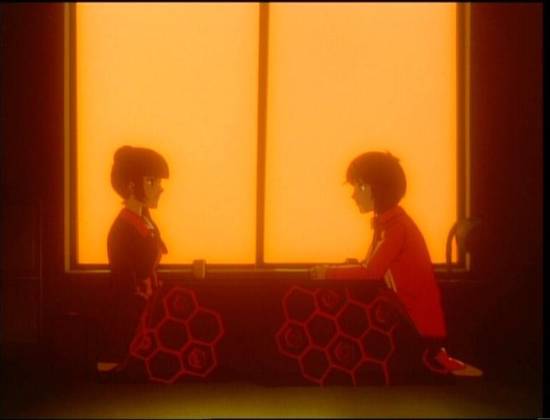
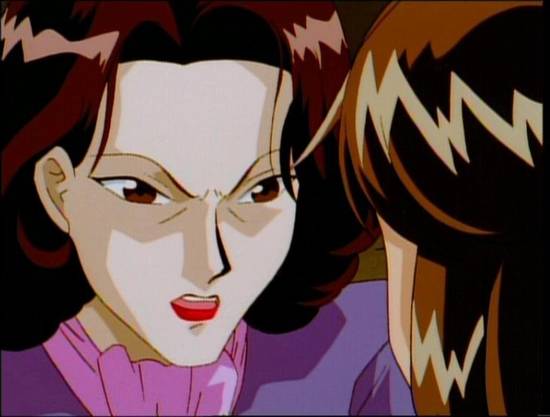
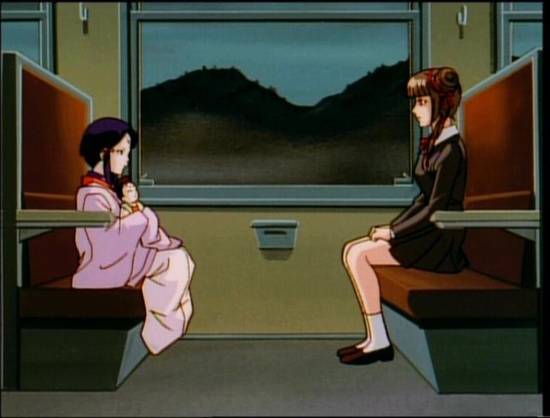
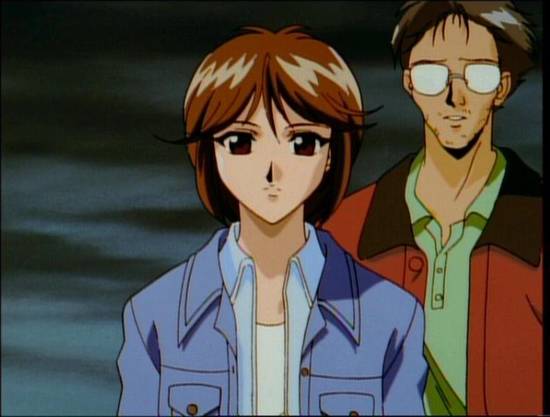
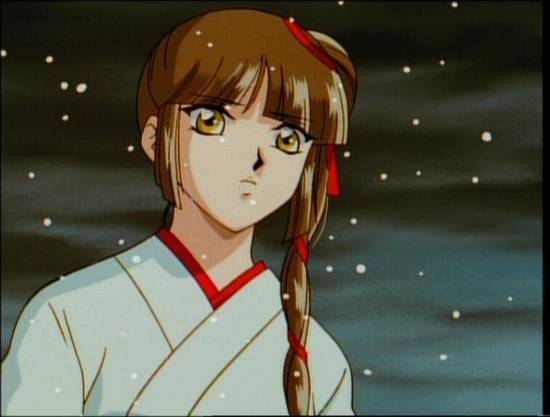
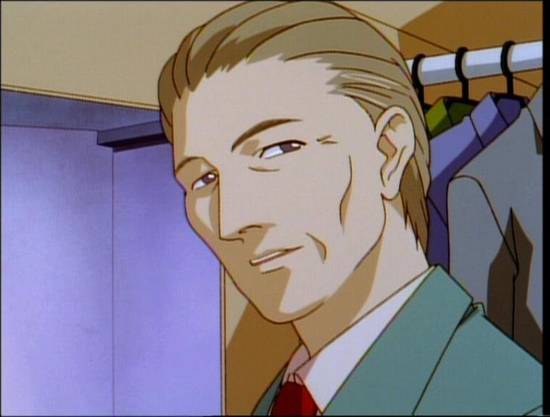
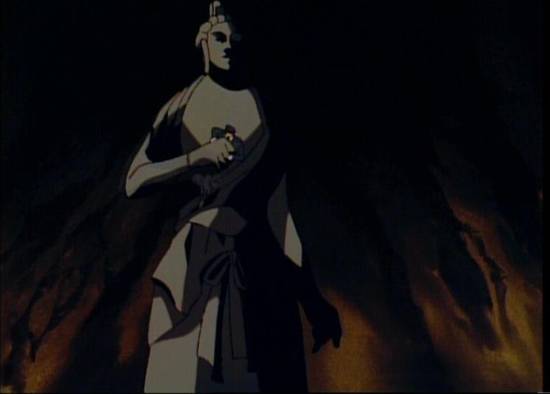
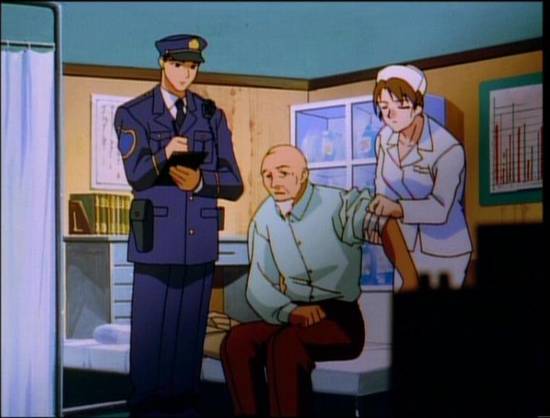
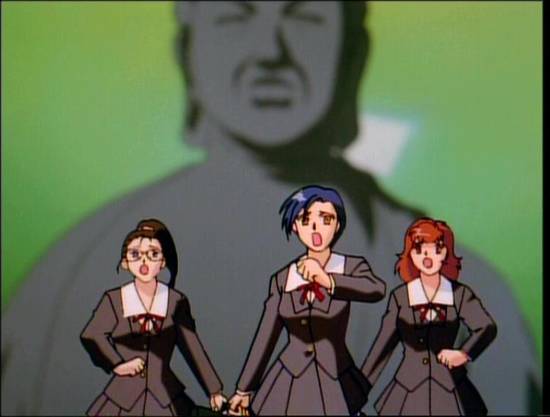
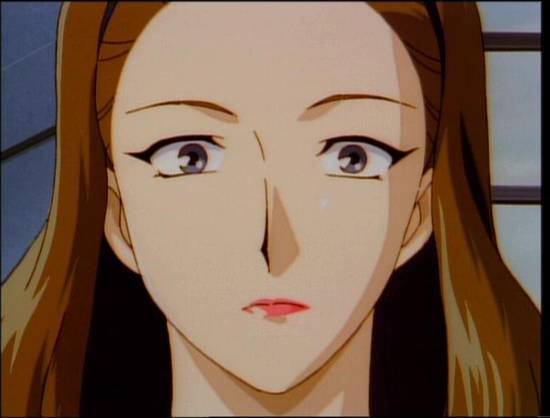
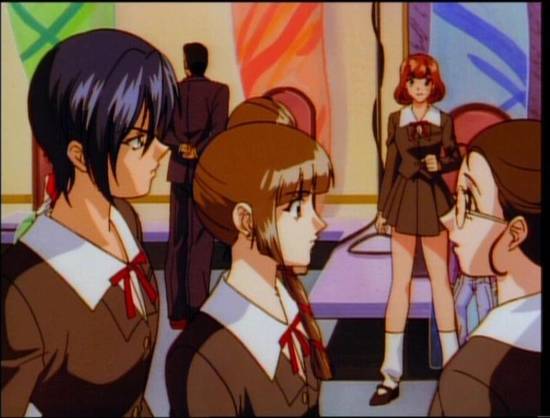
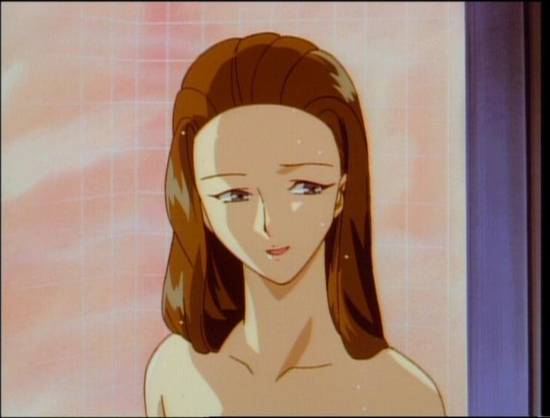
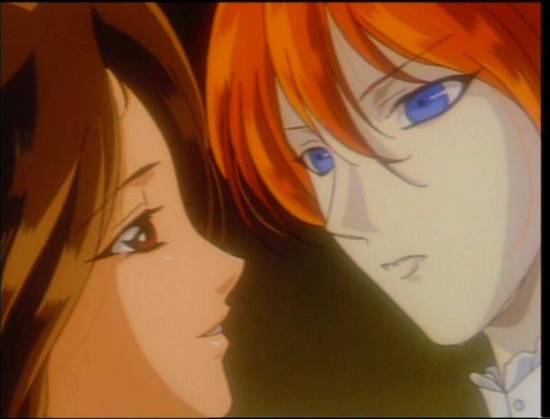
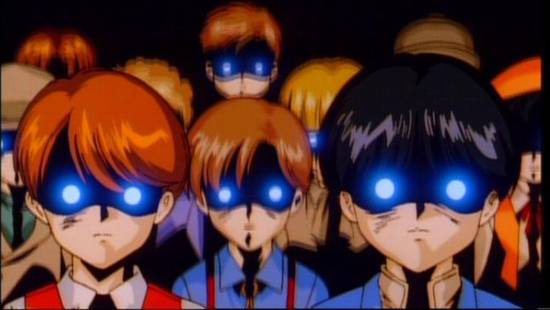
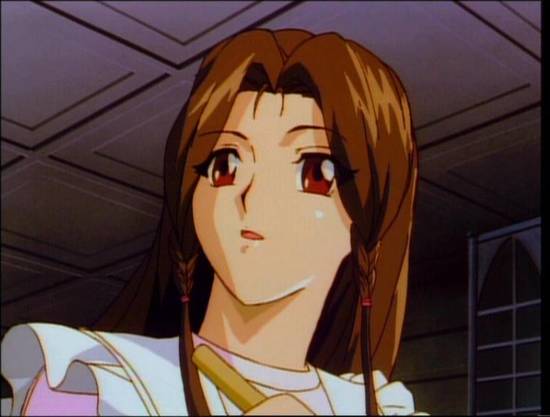
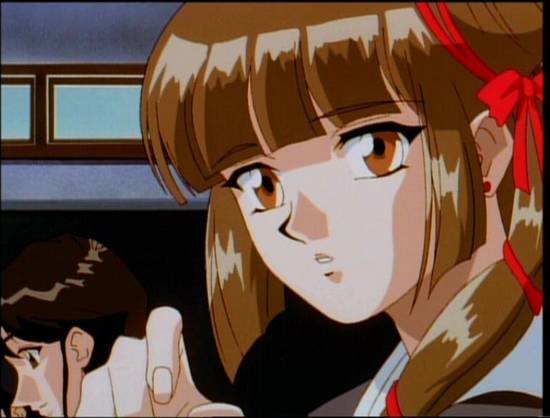
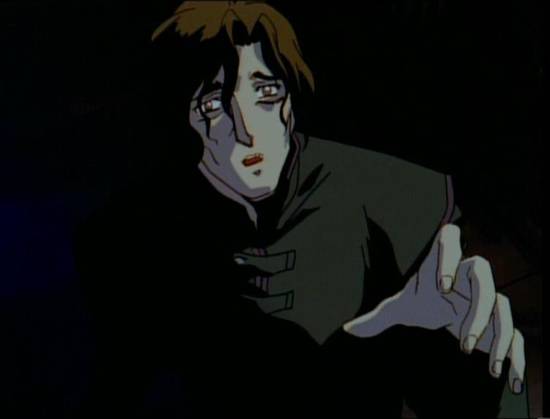
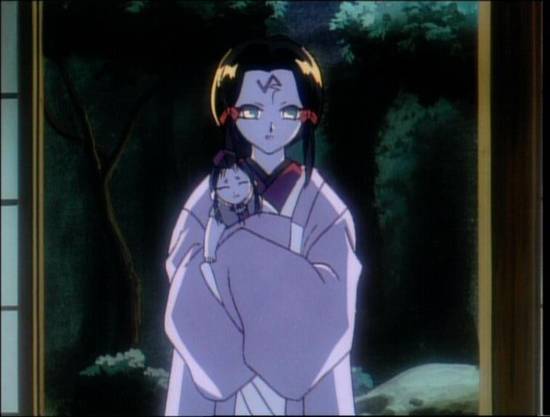
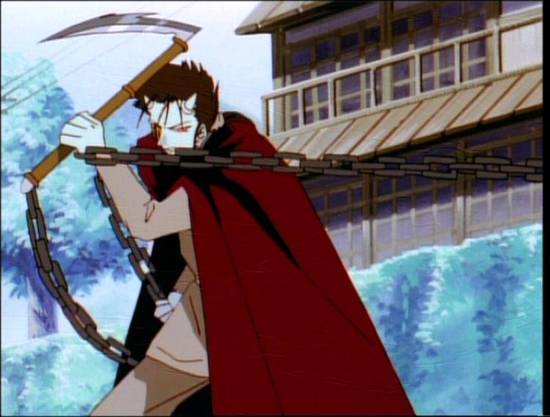
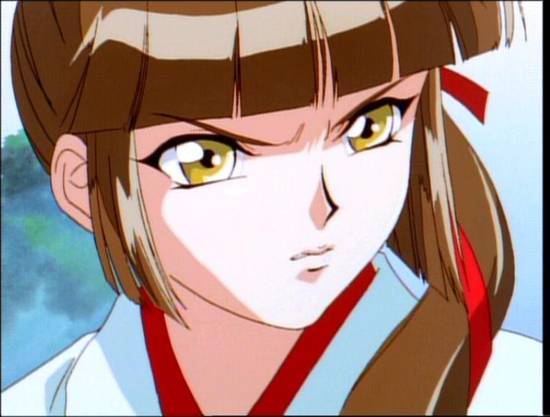
Your Opinions and Comments
Be the first to post a comment!